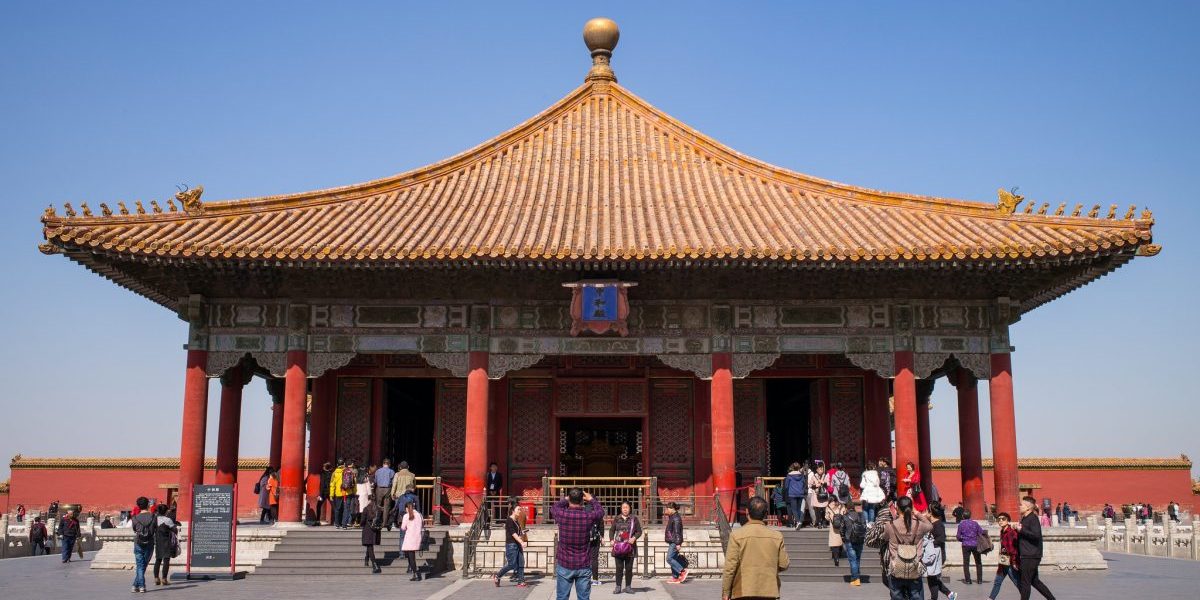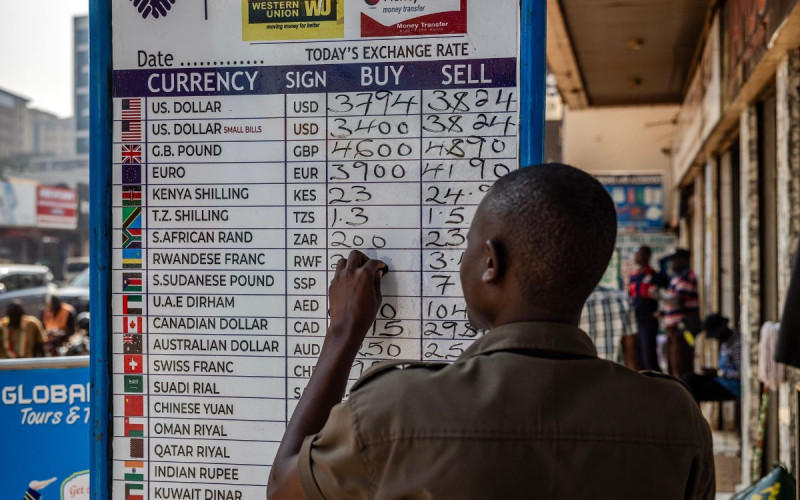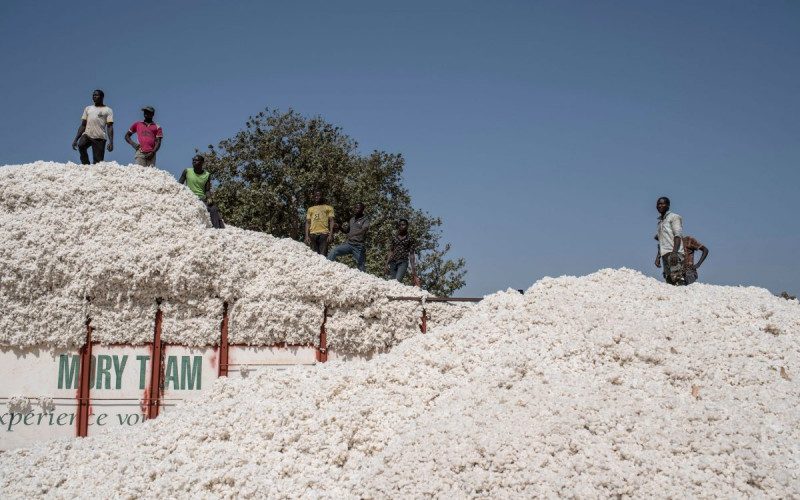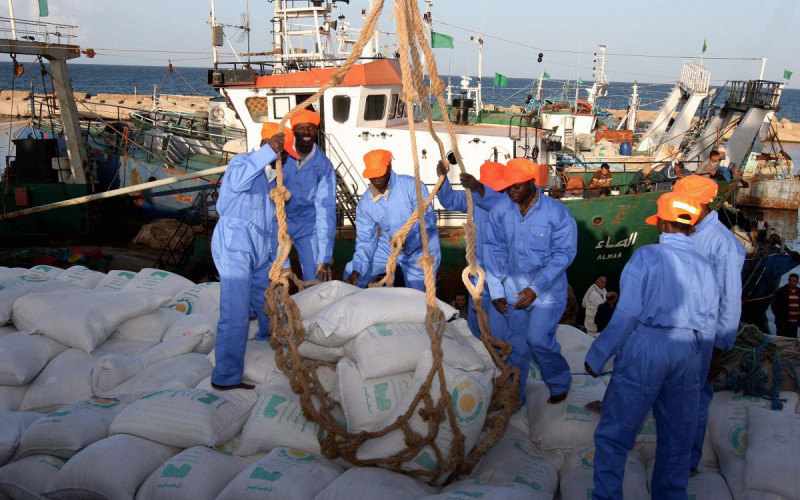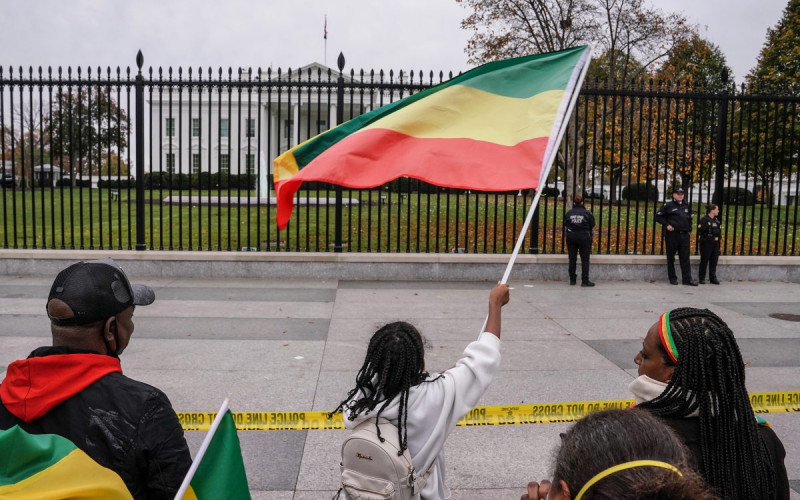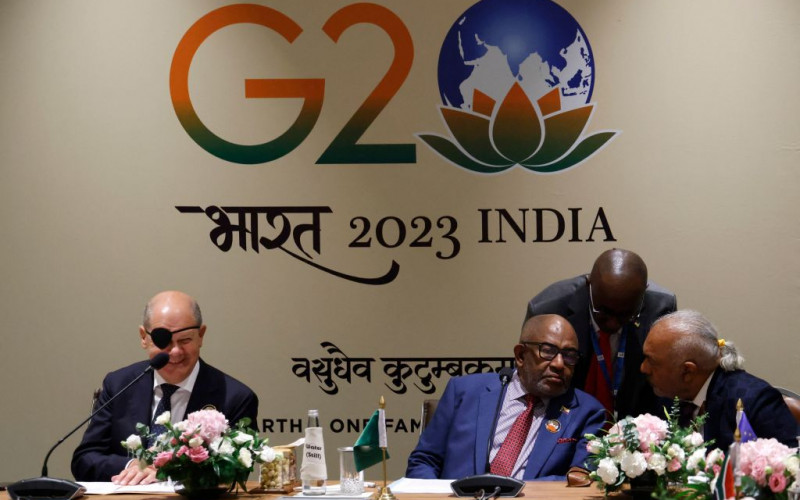Chinese leaders, however, are worried. They are concerned about their future in the global system, and perceive a variety of domestic dangers that could derail their 25-year-long growth miracle. What does Beijing sense that the rest of us cannot or do not want to see?
China is excessively dependent on increasingly scarce natural resources. Many other states are too, but few require nearly as much as China to keep their economies humming. The sheer size of China’s annual output is the most obvious contributing factor. But more problematic is that more than 50% of its gross domestic product (GDP) comes from energy-hungry industrial production. Few large economies, if any, possess a similar profile. For every $10,000 of output, China uses about 10 tons of oil. America uses just less than three, and Japan less than one.
Yet oil may not worry Beijing in the immediate future. China has been a net oil importer since 1993, a change that has had no noticeable effect on economic growth. An estimated 95% of China’s energy needs are met domestically, thanks largely to the world’s largest supply of thermal coal. But overreliance on coal has resulted in China’s energy efficiency being between 20% and 30% worse than the global average.
China’s resource constraints, manifested in widespread power shortages, are forcing a rethink of the current Chinese growth model. The response, evident in planning is to modernise China’s economic structure to upgrade into innovative, high-technology manufacturing as well as services. Rapid modernisation may create problems. It can be expected to succeed only in already modern eastern coastal cities, home to a small percentage of the population. China may be heading for a South African-style dual economy.
Another concern is the absence of social security for most Chinese and health care for the poor and elderly. This implies a massive budget reshuffle and redirection of bureaucratic resources. While the Communist Party has proven adept at responding to such challenges, serious questions will have to be addressed. Which state projects and programmes will lose out? Which sectors will see a drop in state assistance? And how will redistributive spending on rural development, a high priority at the moment, have to change?
The third, and possibly most pressing issue occupying the minds of China’s economic planners and policy makers, is rising income inequality. About 60% of the population are engaged in rural production, yet these activities contribute only 15% to GDP.
Shanghai (about 16-million people) accounts for more than 5% of annual GDP, and Guangdong province (79-million people) 11.5%. That leaves 83.5% for the other 1.29-billion people. The urban bias in Chinese life is reflected in other areas, such as the widening knowledge gap. Government education spending per capita is three times higher in Beijing than in the western Gansu province.
The sustainability of China’s growth will depend very much on how all dimensions of the inequality problem are addressed. Chinese leadership is acutely aware of the threat to social stability caused by extremes of wealth and poverty. They also recognise that the world cannot absorb another doubling of Chinese exports over the next 20 years. Export activities, and the foreign investment they have attracted, have been the prime drivers of GDP growth over the past couple of decades. Domestic Chinese demand and the development of a self-sustaining internal market are therefore crucial.
Other pitfalls loom. There is a rickety financial system; a paucity of middle-management skills; steadily declining terms of trade; a potentially much stronger and more volatile currency; massive urbanisation; and choking pollution.
And of course, China cannot control everything. The biggest variable outside its system of equations is the U.S. How these two mammoths engage over such issues as trade relations and currency, Beijing’s opaque military spending, and China’s diplomacy in the world, will prove as big a determinant of China’s future stability as any of its internal problems.

